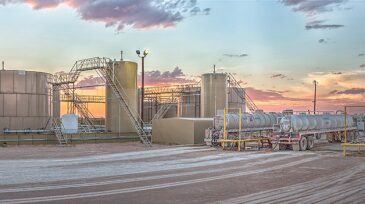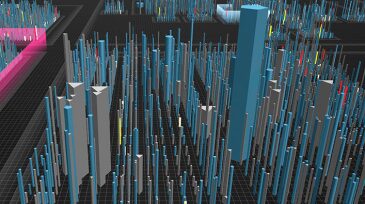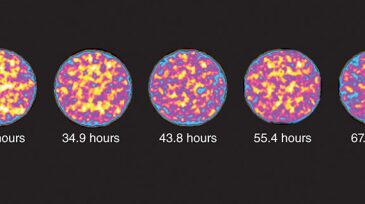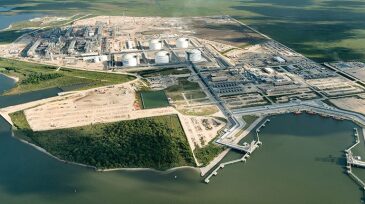Monthly Features
-
This article is the fourth in a Q&A series from the SPE Research and Development Technical Section focusing on emerging energy technologies. In this piece, David Reid, the CTO and CMO for NOV, discusses the evolution and current state of automated drilling systems.
-
Casing deformation has emerged as a major challenge in China’s unconventional oil and gas fields, prompting the development of new solutions to address the issue.
-
Oil and gas experts encourage human/AI partnerships that can “supercharge” capabilities to create competitive advantages.
-
The US supermajor is using one of its lowest-value hydrocarbon products to generate double-digit production increases in its most prolific US asset.
-
The use of real-time wireless downhole pressure gauges proved a valuable alternative to workover operations in two onshore fields in Iraq.
-
Bad vibes are being addressed by contractors as operators push to go faster, deeper, and longer with unconventional wells.
-
It is easy to fixate on what it will take to extract huge volumes of oil and gas from the nearly impermeable rock within the Vaca Muerta.
-
YPF has followed an unconventional path up the learning curve to develop the Vaca Muerta, which could be the first big ultratight play developed outside North America.
-
Shale operators are working harder to get as much out of new wells as they did from older ones nearby.
-
Rising oil production in the Permian Basin has created an opportunity for midstream companies to acquire and expand pipeline infrastructure to handle a predicted spike in produced water.
-
Technical Directors have a range of things to work on for 2018 that add value at a time when resources are scare.
-
Cyberattacks are an increasing threat globally to businesses and organizations, very much including the oil and gas industry, with operating activity of all kinds exposed as well as information technology networks.
-
Early field tests suggest chemical treatments may be able to significantly increase production from unconventional formations.
-
A look at how policy, future workforce perception, and industry standards will shape energy companies in the near and distant future.
-
Fracturing reservoirs effectively can be like boxing. Moving in close enough to land a powerful punch often means a fighter has to take some hits. To effectively develop all the productive rock in a lease, new wells are drilled as close as possible to older ones, making frac hits inevitable.
-
After a drop in drilling activity in recent years, the Haynesville shale has become a hot area for natural gas production in the US, and companies are looking to bolster their positions in the area.
Explore Content by Discipline
Power Up With JPT Newsletters
JPT Newsletter (Weekly).
All the top stories, trends, and tech.
JPT Unconventional Insights (Monthly).
Fresh takes on shale and tight oil.
Get JPT articles in your LinkedIn feed and stay current with oil and gas news and technology.
















